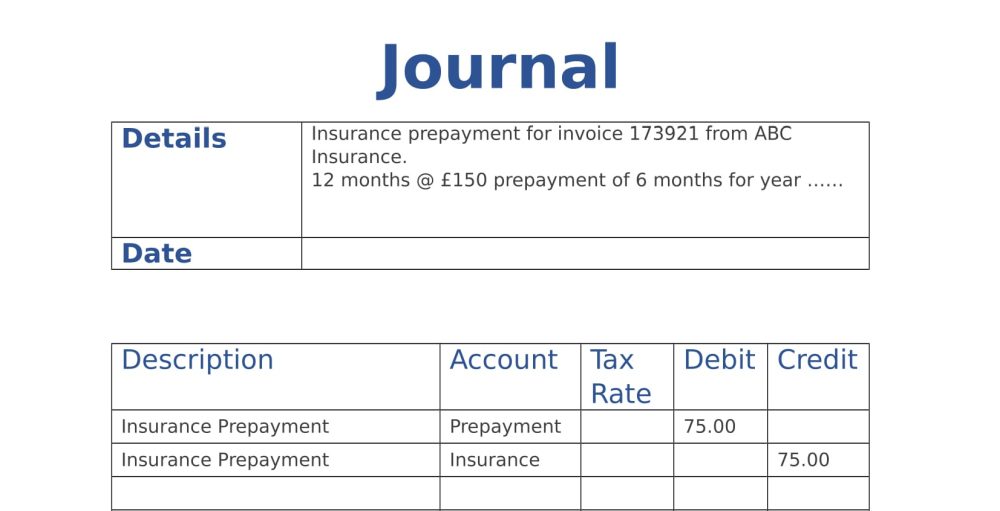Understanding Accounts Payable AP With Examples and How to Record AP

Our Goods & Services Tax course includes tutorial videos, guides and expert assistance to help you in mastering Goods and Services Tax. Clear can also help you in getting your business registered for Goods & Services Tax Law. Delaying the payments for a few days would help Walmart Inc to hold more cash to eventually pay to its suppliers. However, delaying payments for too a long of a period would critically impact Walmart’s relationship with its suppliers.
What Is the Function of the Accounts Payable Department?
He keeps a track of all the payments and expenses and maintains records. Further, the clerk undertakes the processing, verifying, and reconciling the invoices. Also, he pays suppliers by scheduling pay checks and ensures that payment is received for outstanding credit.
Journal Entry to Make a Cash Payment to a Supplier
In most instances, you won’t generate an audit report; your auditors will do that for you. But you can prepare for your audit by cleaning up operations and protocols. When auditors look at accounts payable, they’ll want to see that you’re following AP best practices. Following these guidelines can make the auditing process go a lot more smoothly.
- The accounts payable are the current liabilities that are shown on the balance sheet for which the balances are due within one year.
- Further, special emphasis must be given to accounts payable representing larger transactions.
- At this stage, the company will dispatch payment cheques or transfer funds to the suppliers.
- It contains an invoice number, amount to be paid, payment terms, due date, and delivery description.
- That is, it indicates the number of times your business makes payments to its suppliers in a specific period of time.
- As the AP process is vital for every company, all businesses must spend time on its successful implementation.
What Are Some Examples of Payables?
Overall, the journal entry for accounts payable for repayment is as below. Accounts Payable journal entries are recorded in accounting books according to a procedure. Accounts payable is a critical business process through which all companies track and manage their payable obligations efficiently and effectively. Tracking of your debts and paying them on time is essential for any business. It also helps in maintaining good relations with the vendors and save money by making early payments.
But choosing not to ignores a significant opportunity for growth, especially if you can run AP reports with just the click of a button. Reports help you maintain healthy AP processes, ensure accurate financial statements, build better supplier late fees and interest charges relationships, and improve financial decision-making. As soon as the bill has been verified and received, the ledger accounts need to be updated, and an entry has to be made in the books referred to as the financial books about the bill.

Additionally, a well-designed control environment helps comply with regulatory requirements and eases audit processes. This, in turn, lowers the risk of financial errors and boosts transparency and accountability in the organization’s financial reporting. Some suppliers offer discounts for early payments as an incentive for prompt settlement of liabilities. Otherwise, if you’re happy with this lesson, then move on to the next lesson on the journal entry for repaying a loan. As you can see above, the owner’s stake in the assets of the business (i.e. owner’s equity) decreases by $200 to $25,800. This is because 1) more expenses mean 2) less profit and 3) less for the owner.
However, in big organizations, each step will be executed by different accounts payable executives. Here we have explained accounts payable accounting journal entries with an example. The final step is the reconciliation of the accounts payable account. The step will include reconciliation of outstanding dues and payments processed. Any discrepancies will be accounted for and corrections will be made accordingly. The management will assign accounts payable to its sub-sections and plan for the payment terms.
In double-entry accounting, you need to know whether a debit entry increases or decreases the value of an account. Whether you’re an experienced expert or new to accounting, honest mistakes can happen. Look out for these common errors and take our tips to help avoid them. The account that’s debited is likely inventory, or anything similar that you use in your accounting.
When the balance sheet is drawn, the balance shown by this account is reported as current liability. Accounts payable (AP) are recorded under the current liabilities section on your balance sheet. An accounts payable (AP) department is responsible for making payments for business expenses, travel, etc. Accounts payable (also known as creditors) are balances of money owed to other individuals, firms or companies. These are short term obligations which arise when a sole proprietor, firm or company purchases goods or services on account.
A furniture company purchased raw materials from a manufacturer on credit on 22nd August 2023. The company received an invoice from the manufacturer after the delivery of raw materials on 24th August 2023. The invoice states that the outstanding amount of $150,000 will be paid to the vendor before the due date of 1st September 2023. It is a short-term liability and in simpler terms total amount which is yet to be paid by the business to its creditors as per the purchase book. Large firms using ERP packages replace traditional purchase book with purchase ledger control account.



Leave a Reply